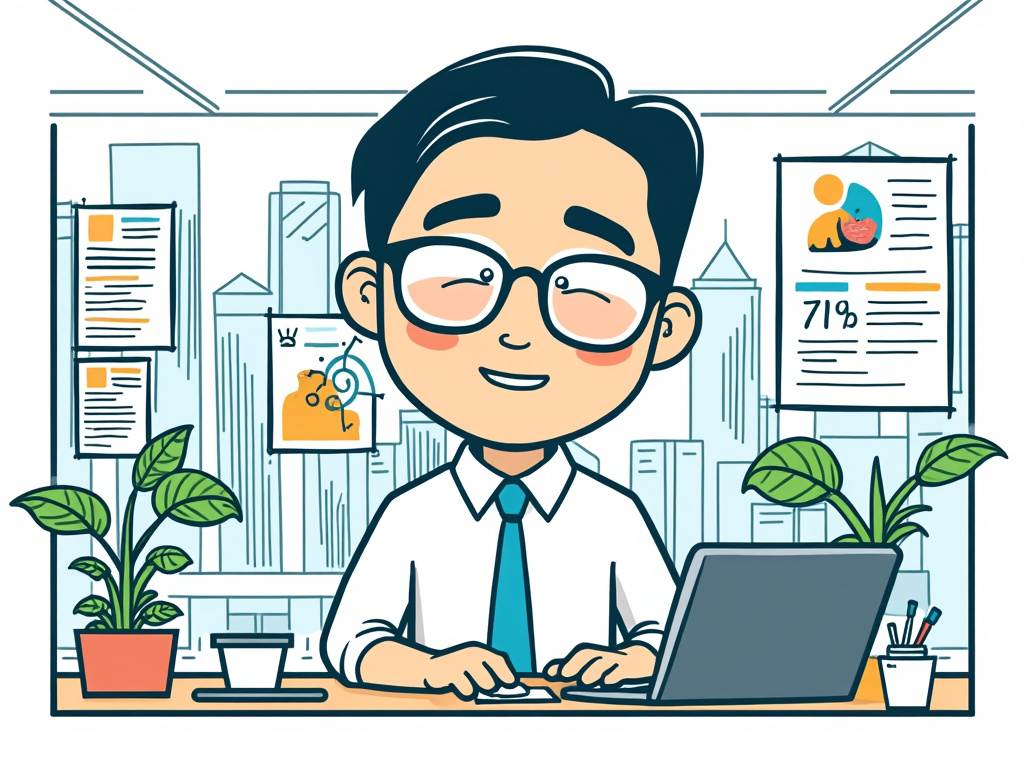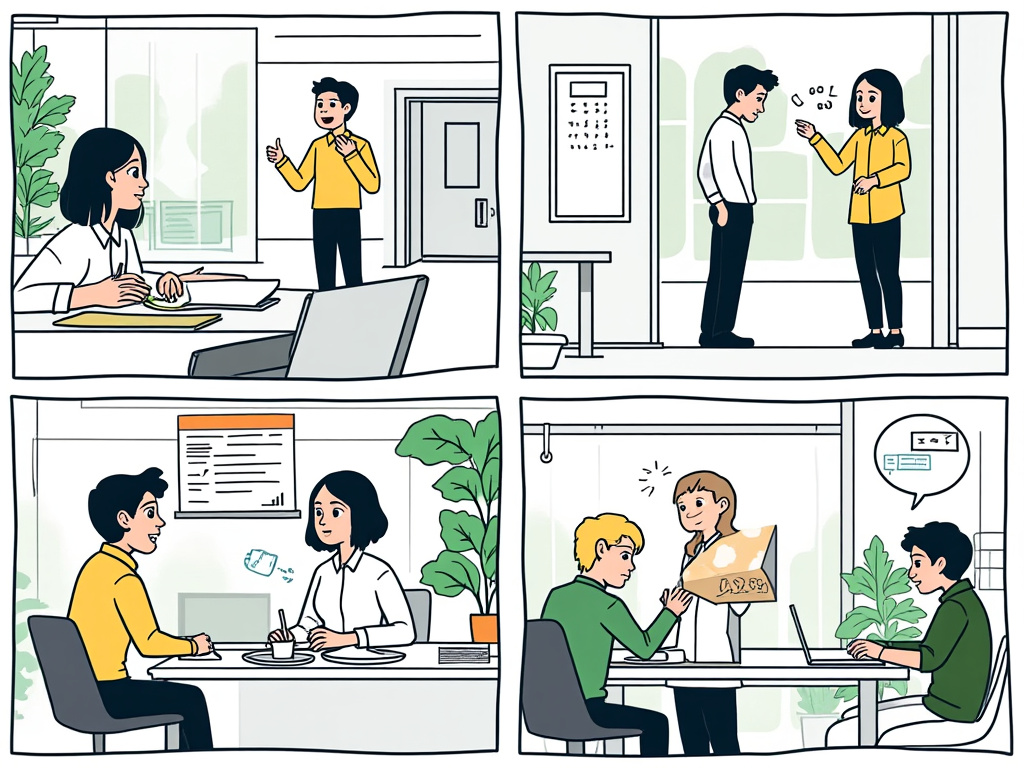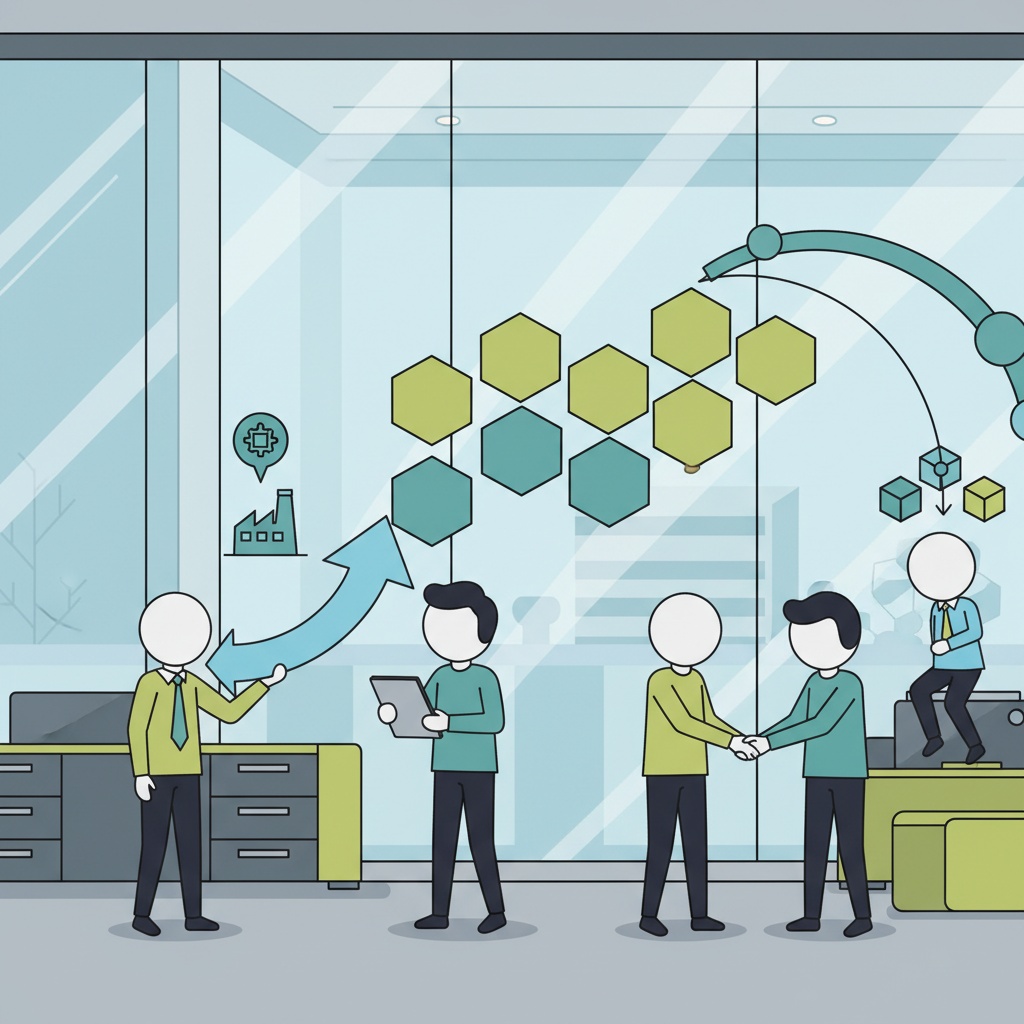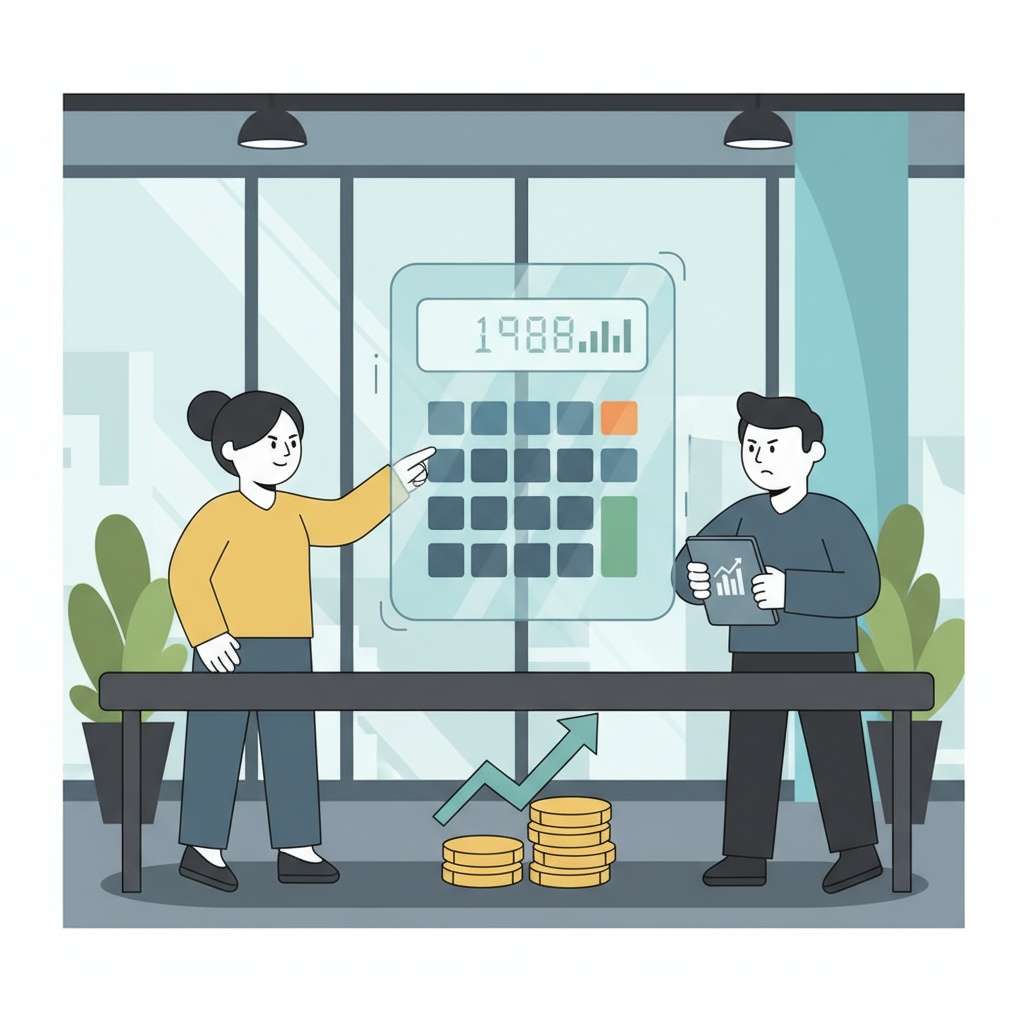
UAE Sustainable Development Framework: Engineering a Green Future
Reading time: 12 minutes
Table of Contents
- Introduction to UAE’s Sustainability Vision
- The UAE Sustainable Development Framework
- Flagship Initiatives Transforming the Landscape
- Measuring Progress: Key Achievements and Metrics
- Navigating Challenges in a Carbon-Intensive Economy
- Multi-Stakeholder Engagement Strategy
- Your Sustainability Roadmap: Engaging with UAE’s Green Vision
- Frequently Asked Questions
Introduction to UAE’s Sustainability Vision
Feeling overwhelmed by the complexity of sustainability frameworks? You’re not alone. The UAE’s approach to sustainable development isn’t just another policy document collecting dust—it’s a living blueprint transforming a hydrocarbon-powered economy into a global sustainability pioneer.
Let’s cut to the chase: The UAE is executing one of the most ambitious national sustainability transformations on the planet. What makes this remarkable is the context—a nation built on oil wealth pivoting to position itself as a clean energy leader.
Consider this scenario: A country with the world’s seventh-largest oil reserves choosing to invest over $163 billion in renewable energy. Counterintuitive? Perhaps. Strategic? Absolutely.
As Sheikh Mohammed bin Rashid Al Maktoum succinctly puts it: “We in the UAE have no choice but to take the path of sustainable development, because our resources, no matter how vast, are limited.”
This isn’t merely environmental consciousness—it’s existential foresight. Let’s decode the framework that’s driving this transformation and explore how it balances ambitious vision with pragmatic implementation.
The UAE Sustainable Development Framework
The UAE’s approach to sustainability isn’t a standalone initiative but a comprehensive governance framework integrating international commitments with local implementation mechanisms. The blueprint aligns with the UN’s 17 Sustainable Development Goals while addressing the unique challenges of a resource-intensive desert economy.
Key Pillars and Strategic Priorities
The UAE Sustainable Development Framework rests on four interconnected pillars, each addressing a critical dimension of the sustainability challenge:
- Environmental Stewardship: Managing natural resources, preserving biodiversity, and mitigating climate change
- Economic Prosperity: Diversifying the economy beyond hydrocarbons toward knowledge and innovation
- Social Development: Ensuring quality of life, healthcare, education, and cultural enrichment
- Responsible Governance: Establishing institutional frameworks to implement sustainable policies
What distinguishes the UAE approach is its integration of these pillars through specific national initiatives. Take the UAE Energy Strategy 2050, which aims to increase clean energy contribution to 50% of the total energy mix by 2050—a bold target requiring coordination across multiple dimensions.
“The framework’s strength lies in its coherence,” explains Dr. Thani Al Zeyoudi, UAE Minister of Climate Change and Environment. “We’ve designed an approach where environmental protection and economic growth reinforce rather than oppose each other.”
Governance Structure and Implementation
Frameworks without accountability are merely aspirations. The UAE model establishes clear governance mechanisms through:
- The UAE Council for Sustainable Development: A ministerial-level council coordinating national implementation
- The Federal Competitiveness and Statistics Authority: Tracking progress against 232 national indicators
- Sustainability KPIs: Built into governmental performance evaluations
- The Annual Sustainability Report: Providing transparent progress assessment
This governance structure doesn’t just monitor performance—it institutionalizes sustainability into decision-making. When Abu Dhabi’s Urban Planning Council evaluates new developments, sustainability criteria account for 25% of approval requirements, ensuring green standards aren’t optional but mandatory.
The practical impact? Consider how building codes have evolved. Since implementing Estidama (sustainability in Arabic) requirements in 2010, new buildings in Abu Dhabi have reduced water consumption by approximately 28% and energy usage by 31% compared to pre-regulation structures.
Flagship Initiatives Transforming the Landscape
The UAE’s sustainable development framework comes to life through several flagship initiatives that demonstrate the practicality behind the policy. These tangible projects serve both as proving grounds and as showcases for the nation’s commitment.
Masdar City: Blueprint for Sustainable Urban Development
Imagine building a city from scratch with sustainability as its foundational DNA rather than a retrofitted feature. That’s the essence of Masdar City, a $22 billion project launched in 2006 as one of the world’s most ambitious sustainable urban developments.
The numbers tell a compelling story:
- 75% reduction in energy consumption compared to conventional buildings
- 54% lower potable water consumption
- Zero waste-to-landfill target
- Home to over 1,300 companies focusing on clean technologies
What makes Masdar City particularly insightful is how it translates abstract sustainability concepts into practical urban solutions. The city’s design incorporates traditional Arabian architectural principles—narrow streets, natural shading, wind towers—alongside cutting-edge technologies like the personal rapid transit system.
“Masdar City demonstrates that sustainability isn’t about sacrifice but intelligent design,” notes Chris Wan, Head of Design at Masdar. “By applying passive design strategies, we’ve created buildings that use 40% less energy and water while actually improving quality of life.”
The project hasn’t been without challenges. Its original goal of being carbon-neutral has been modified to carbon-neutral in operations, and the completion timeline has been extended. Yet these adjustments reflect the pragmatic approach that characterizes the UAE framework—adapt, learn, and improve rather than abandon ambitious targets.
Clean Energy Revolution: The Mohammed bin Rashid Solar Park
If Masdar City represents sustainable urban planning, the Mohammed bin Rashid Solar Park demonstrates the UAE’s commitment to transforming its energy landscape. As the world’s largest single-site solar park, this $13.6 billion project will generate 5,000 MW by 2030—enough to power 800,000 homes and reduce carbon emissions by 6.5 million tons annually.
What’s particularly striking is the economic model. The latest phase secured a world-record low tariff of 1.69 US cents per kilowatt-hour, proving that renewable energy isn’t just environmentally sound but economically competitive—even in a fossil fuel-rich nation.
The solar park incorporates innovation beyond power generation, housing the R&D Centre with a focus on solar-powered water desalination, a critical technology for water-stressed regions like the UAE where desalination currently accounts for approximately 30% of the country’s carbon emissions.
Measuring Progress: Key Achievements and Metrics
Abstract promises mean little without concrete measurement. The UAE tracks progress through a comprehensive set of indicators aligned with both national priorities and SDGs. Let’s examine how the country is performing across key dimensions:
| Sustainability Dimension | Key Performance Indicator | 2015 Baseline | Current Status | 2030 Target |
|---|---|---|---|---|
| Clean Energy | Renewable Energy Share | 0.2% | 7.3% | 30% |
| Water Security | Water Scarcity Index | High (4.26) | Moderate (3.8) | Low (2.5) |
| Green Economy | Green Jobs Created | 4,000 | 49,000 | 156,000 |
| Waste Management | Waste Diverted from Landfill | 20% | 53% | 75% |
| Carbon Footprint | Per Capita CO₂ Emissions (tons) | 23.6 | 20.4 | 15.0 |
The data reveals significant progress in waste management and green job creation, moderate advances in renewable energy deployment, and continued challenges in reducing the carbon footprint. This balanced scorecard approach prevents cherry-picking successful metrics while ignoring areas requiring attention.
Perhaps most telling is the UAE’s performance in the SDG Global Index, where it ranks 60th globally but 1st in the Arab region—reflecting both progress made and work still needed.
Navigating Challenges in a Carbon-Intensive Economy
No transformation occurs without friction. The UAE’s journey toward sustainability confronts several structural challenges inherent to its geography, economic model, and rapid development trajectory.
Water Security in an Arid Climate
The UAE faces a fundamental paradox: it ranks among the world’s most water-scarce countries yet has one of the highest per capita water consumption rates (550 liters per day compared to the global average of 185).
This challenge necessitates a multi-pronged approach outlined in the UAE Water Security Strategy 2036, including:
- Supply-side innovations: Developing solar-powered desalination to reduce the carbon footprint of freshwater production
- Demand management: Implementing tariff reforms that have reduced household consumption by 28% in Abu Dhabi
- Alternative sources: Expanding treated sewage effluent reuse from 60% to a targeted 95%
- Natural solutions: Restoring mangrove forests that improve water quality while sequestering carbon
The water challenge illustrates the interconnected nature of sustainability issues—addressing it requires energy innovation, behavioral change, economic incentives, and ecosystem restoration.
Economic Diversification Beyond Hydrocarbons
Perhaps the most fundamental challenge is transitioning from an economy where oil and gas contribute approximately 30% of GDP to one driven by knowledge, innovation, and sustainable industries.
The UAE’s approach combines strategic investments, regulatory reform, and educational initiatives:
- Sovereign wealth reallocation: The Abu Dhabi Investment Authority has committed to increasing sustainable investments to 50% of new deployments
- Green financing: Establishing the Abu Dhabi Global Market as a hub for sustainable finance with $10 billion in green bonds issued since 2019
- Educational alignment: Reorienting educational institutions toward sustainability disciplines, with Khalifa University’s Masdar Institute leading research in clean technologies
This transition creates tensions between short-term economic imperatives and long-term sustainability goals. As Dr. Mari Luomi of the Emirates Diplomatic Academy notes, “The UAE is essentially attempting to decarbonize while still deriving significant income from selling hydrocarbons—a delicate balancing act that requires carefully sequenced policies.”
Multi-Stakeholder Engagement Strategy
The UAE’s framework recognizes that government action alone is insufficient. Success requires activating diverse stakeholders across society. Let’s visualize how different sectors are contributing to sustainable development targets:
Stakeholder Contribution to Sustainability Goals (% of Initiatives)
The data reveals the government’s primary role but also highlights the growing participation of the private sector. The relatively low engagement of individuals points to an opportunity area for the framework’s future evolution.
The UAE has developed specific engagement mechanisms for each stakeholder group:
- Private sector: The Dubai Chamber Sustainability Network connects over 70 businesses to collaborate on sustainability initiatives and share best practices
- Youth engagement: The Emirates Youth Council focuses on sustainability leadership, engaging over 300,000 young people in environmental initiatives
- Behavioral change: The “Heroes of the UAE” campaign has reached 78% of residents with practical sustainability tips
These engagement strategies demonstrate the framework’s recognition that sustainable development requires both top-down policy and bottom-up participation.
Your Sustainability Roadmap: Engaging with UAE’s Green Vision
The UAE Sustainable Development Framework isn’t merely a government initiative—it’s an invitation to participate in a national transformation. Whether you’re a business leader, an educator, an investor, or a resident, here’s your practical roadmap for aligning with and benefiting from this vision:
- Assess your sustainability baseline: Use the UAE Ecological Footprint Initiative’s online calculator to measure your current impact and identify priority areas for improvement
- Identify sector-specific opportunities: Review the UAE Green Agenda 2030 to locate incentives, grants, and regulatory advantages in your industry—from tax benefits for clean tech to expedited permitting for green buildings
- Engage with knowledge platforms: Connect with the Emirates Green Building Council or Sustainable City Network to access technical expertise and partnership opportunities
- Integrate SDGs into planning: Align organizational strategies with specific SDG targets prioritized in the UAE framework, particularly SDGs 7 (Clean Energy), 9 (Industry & Innovation), 11 (Sustainable Cities), and 13 (Climate Action)
- Prepare for regulatory evolution: Anticipate upcoming policy shifts such as carbon pricing mechanisms and enhanced sustainability reporting requirements
The most successful organizations in the UAE aren’t just complying with sustainability requirements—they’re strategically positioning themselves at the forefront of the green transition.
Consider Majid Al Futtaim Group, which has transformed sustainability from a compliance cost to a competitive advantage. By committing to net positivity by 2040, the company has reduced operational costs by $29 million annually while enhancing its brand value and accessing preferential financing through sustainability-linked loans.
As we look toward UAE’s hosting of COP28 and beyond, the question isn’t whether you’ll participate in this sustainability transition, but how proactively you’ll shape your role within it. Will you be merely compliant, or will you help define the UAE’s sustainable future?
Frequently Asked Questions
How does the UAE Sustainable Development Framework align with the UN SDGs?
The UAE framework has fully integrated the 17 UN Sustainable Development Goals while prioritizing those most relevant to local context. The country has mapped each SDG to specific federal entities responsible for implementation and developed 232 national indicators to track progress. The framework places particular emphasis on SDG 7 (Affordable and Clean Energy), SDG 9 (Industry, Innovation and Infrastructure), and SDG 13 (Climate Action), reflecting the UAE’s strategic focus on energy transition and economic diversification. This alignment is overseen by the National Committee on SDGs, which ensures coherence between international commitments and domestic implementation.
What financial mechanisms support the UAE’s sustainability initiatives?
The UAE has developed a multi-layered financing ecosystem to support its sustainability agenda. At the governmental level, this includes direct budget allocations across ministries (approximately AED 160 billion for green initiatives between 2019-2023) and sovereign wealth fund investments through entities like Mubadala. Market-based mechanisms include the Abu Dhabi Global Market’s sustainable finance platform, which has facilitated over $15 billion in green bonds and sukuk (Islamic bonds) since 2019. Additional instruments include the Mohammed bin Rashid Innovation Fund, which provides AED 2 billion for sustainability startups, and public-private partnerships that have mobilized over AED 40 billion for renewable energy projects. The framework also incorporates innovative financing like the region’s first green revolving credit facility worth $1.2 billion established in 2021.
How is the UAE addressing the social dimension of sustainable development?
While environmental initiatives often receive the most attention, the UAE framework places equal emphasis on social sustainability through several targeted programs. The National Wellbeing Strategy 2031 establishes comprehensive quality of life metrics and initiatives covering mental health, community cohesion, and work-life balance. The framework addresses inclusivity through initiatives like the National Policy for Empowering People of Determination (persons with disabilities) and the Gender Balance Council, which has helped the UAE achieve the highest gender equality ranking in the Arab world according to the UN Development Programme. Social protection is enhanced through the recent expansion of the Nafis program, which provides financial support and vocational training for Emirati citizens transitioning to the private sector. These social components ensure the sustainability transition benefits all segments of society rather than creating new forms of inequality.

Article reviewed by Arjun Patel, Fintech Analyst | Researching Digital Payment Trends in UAE, on May 15, 2025




